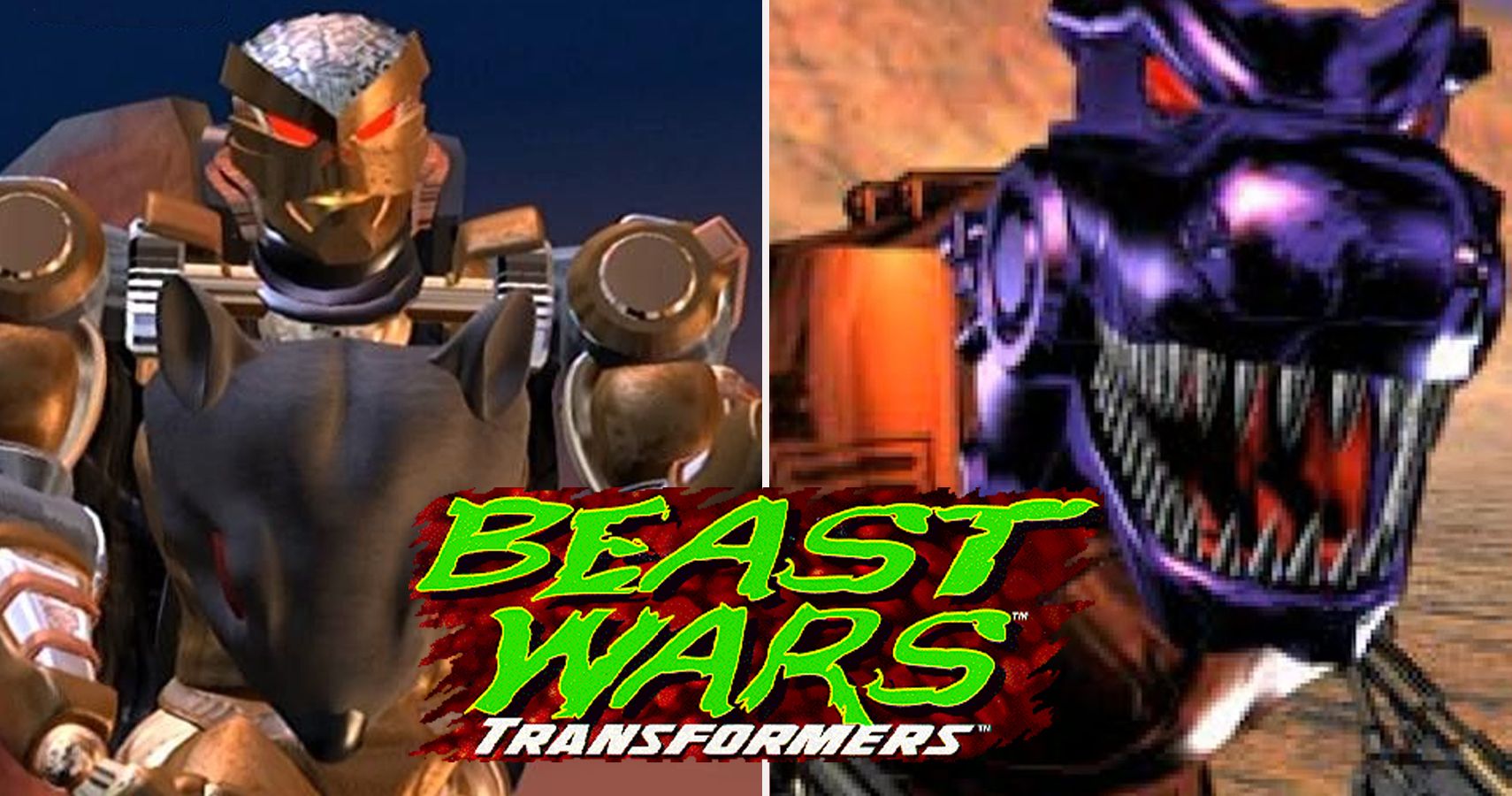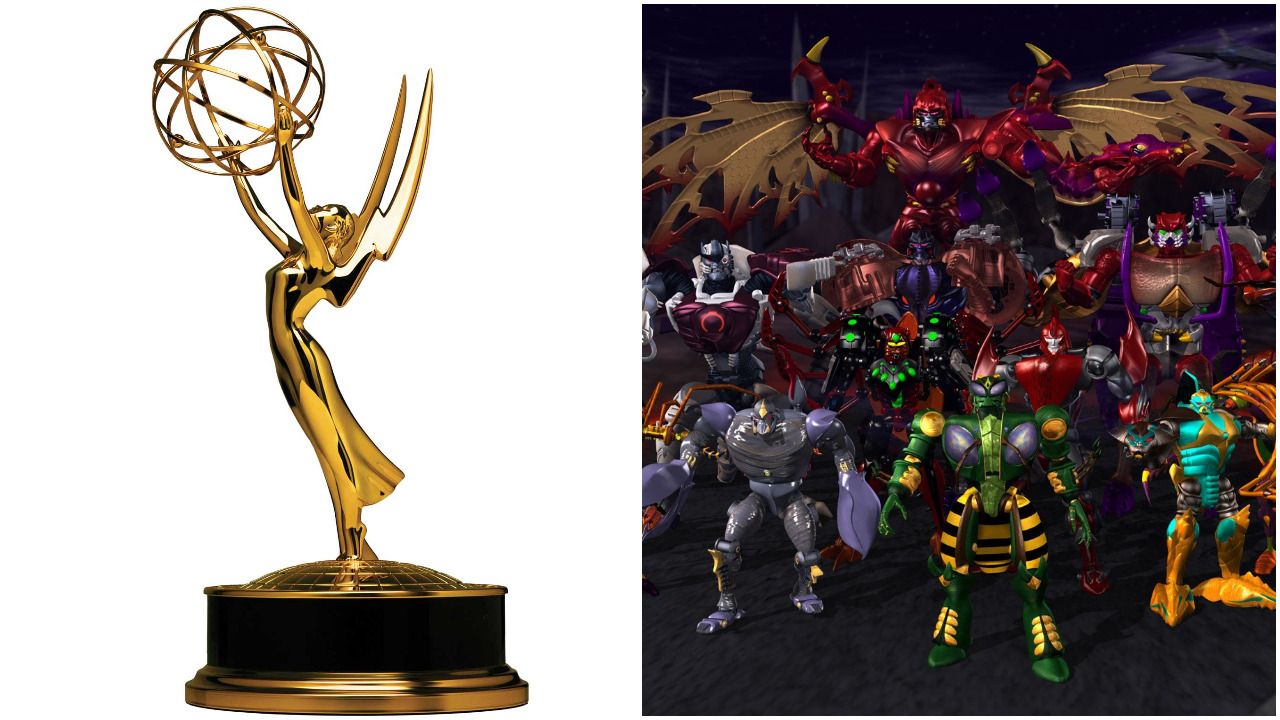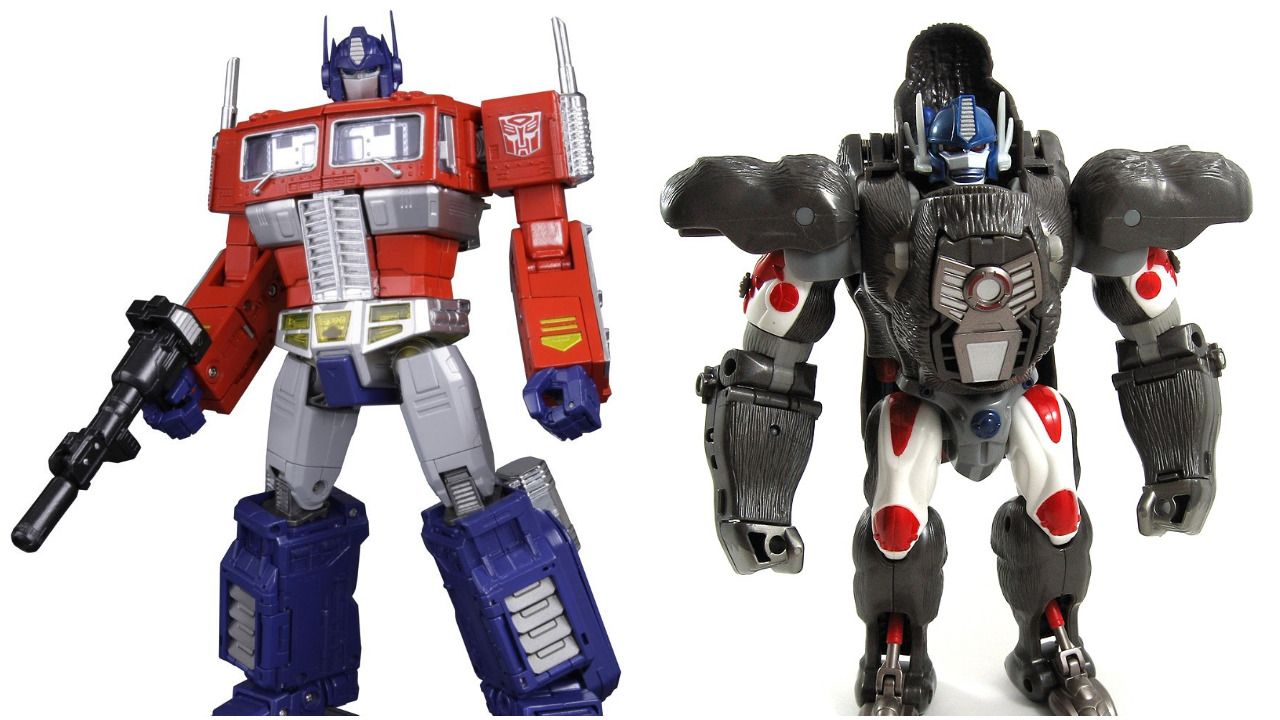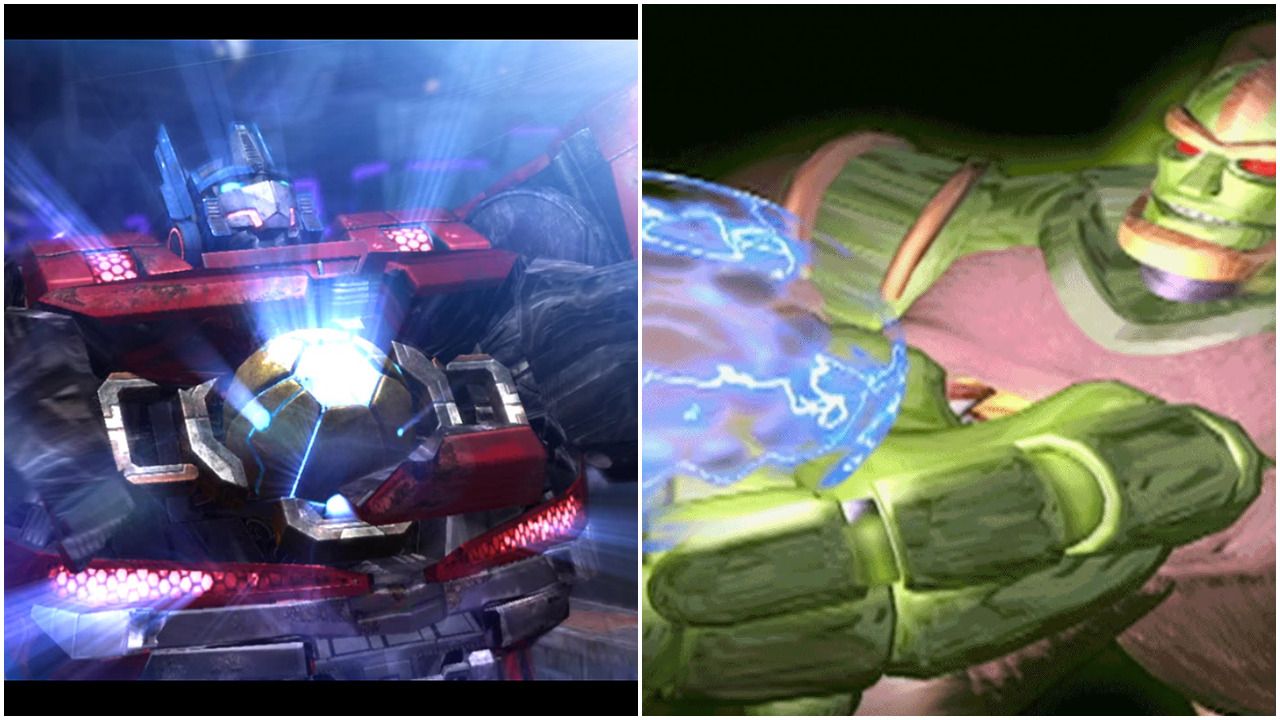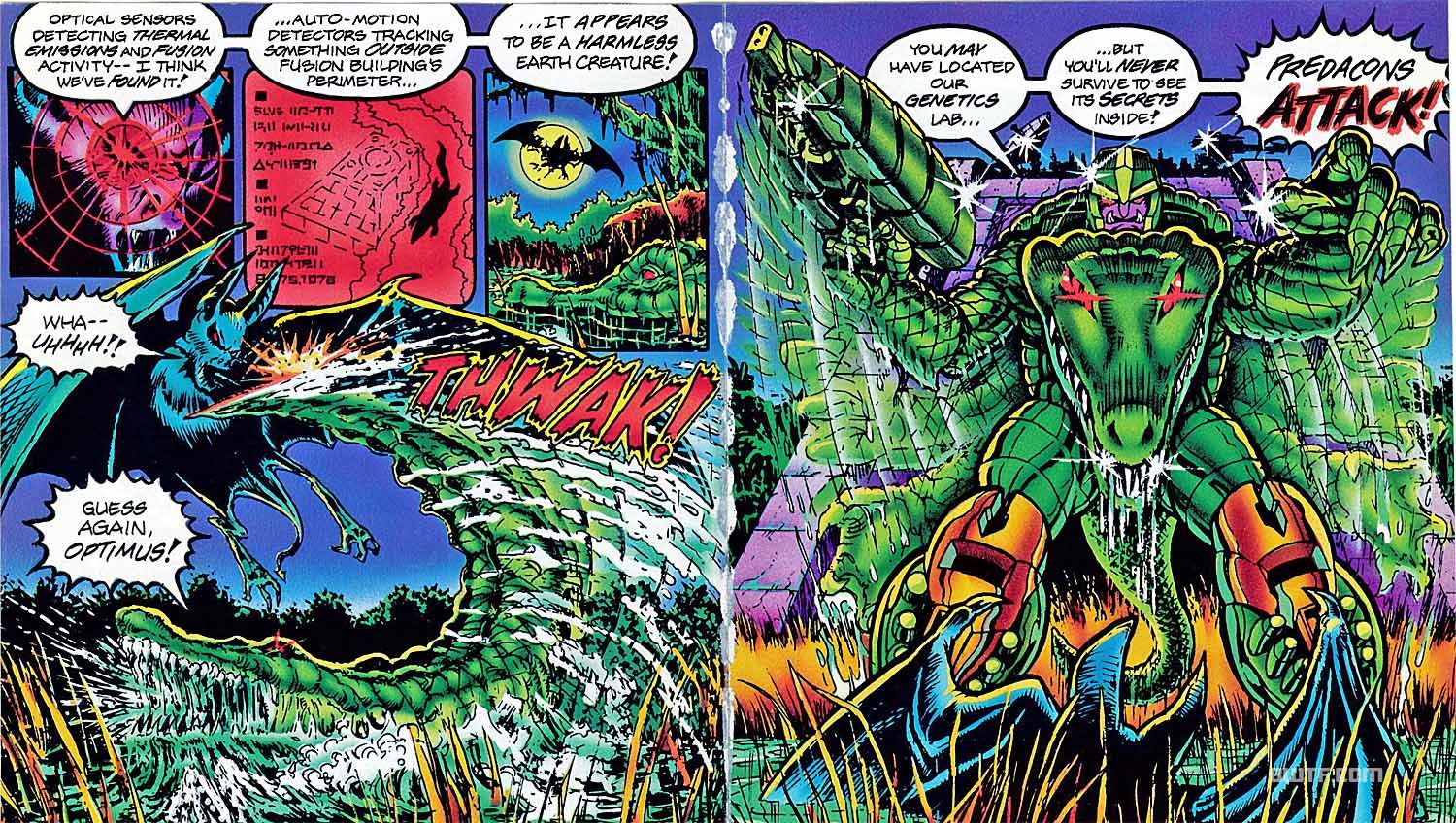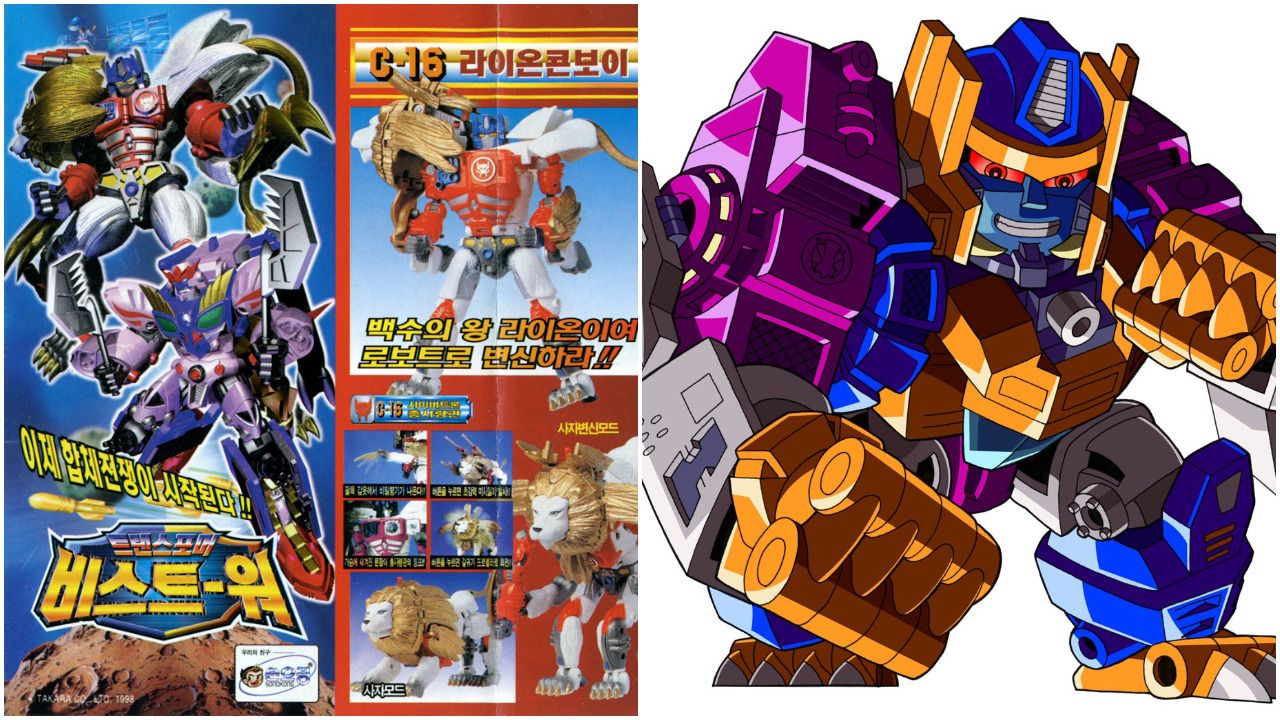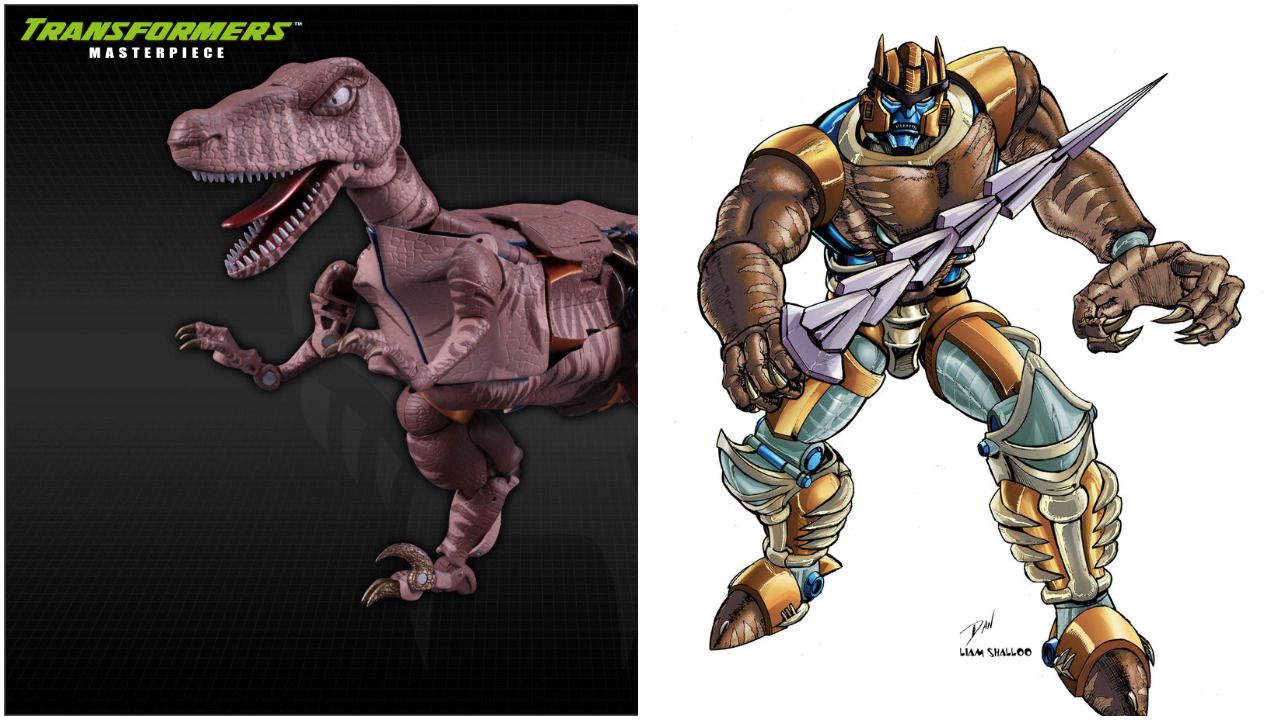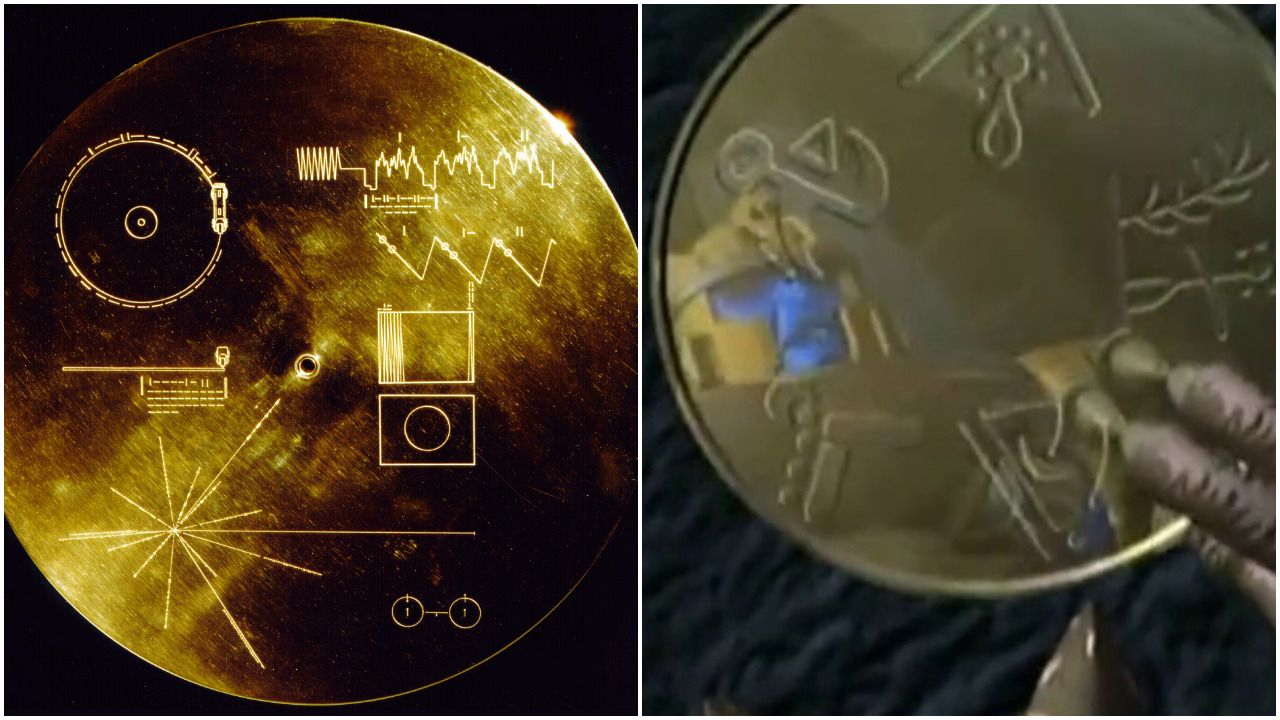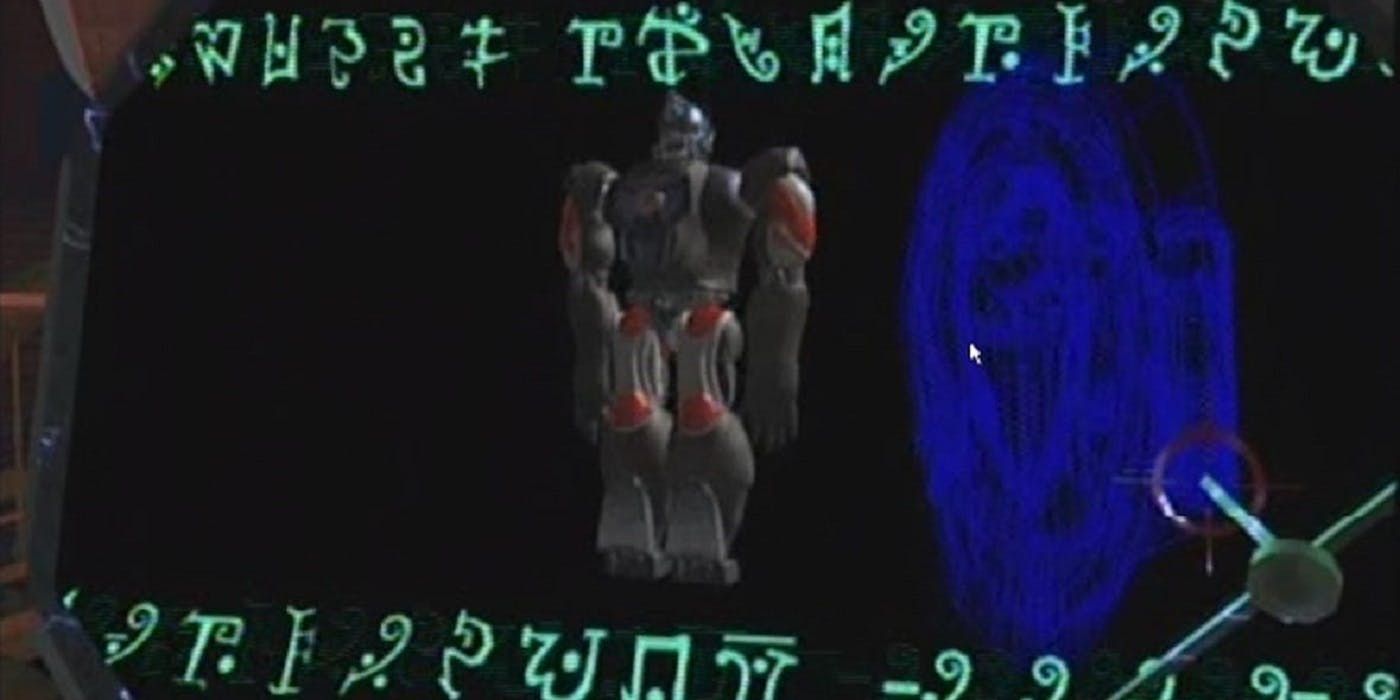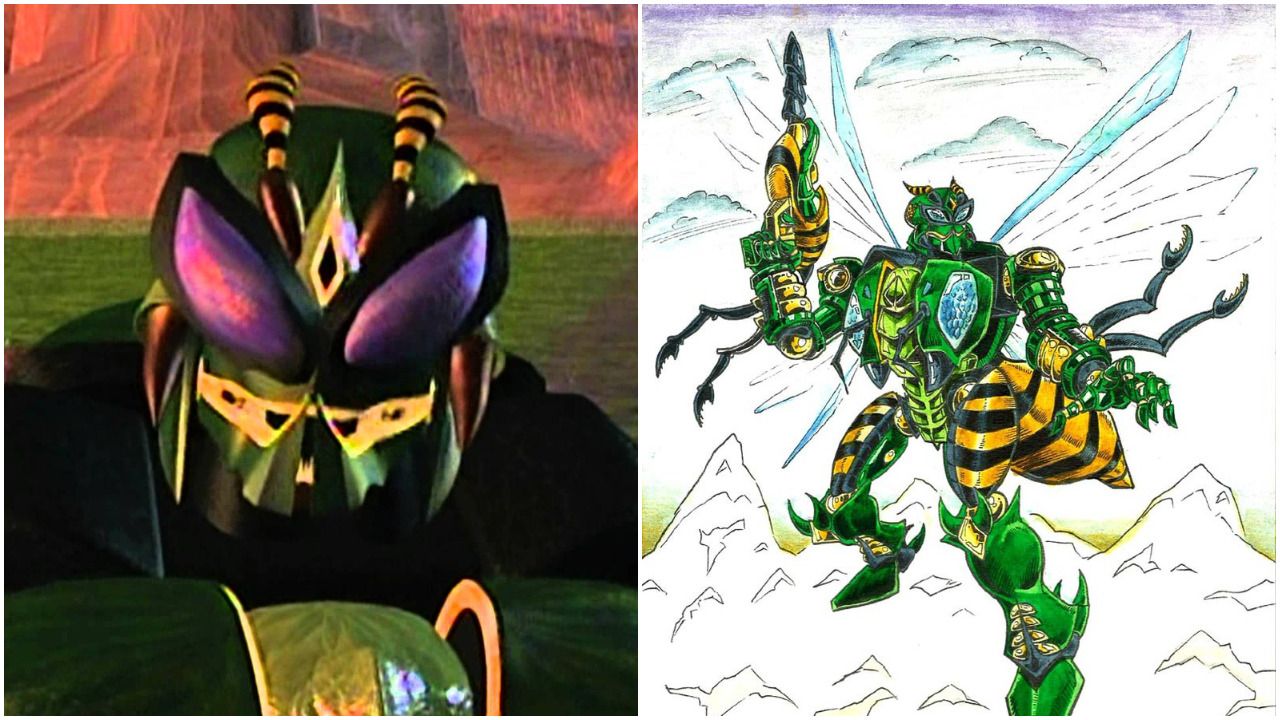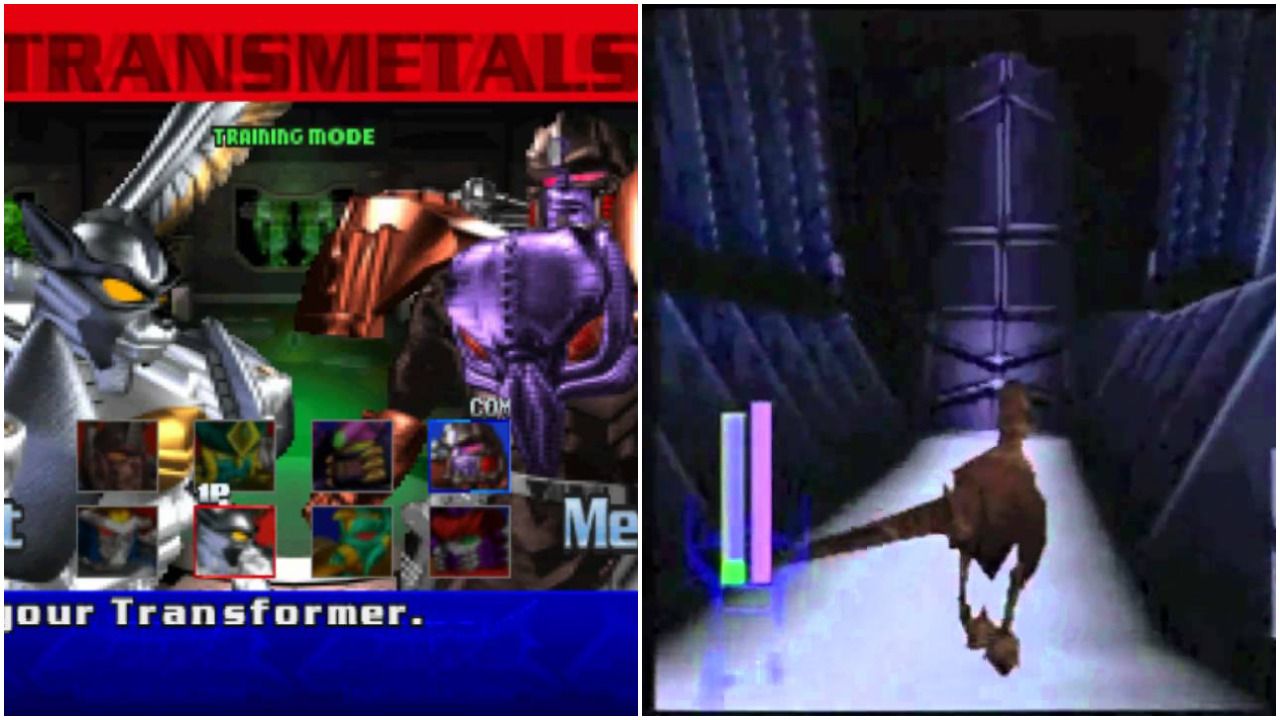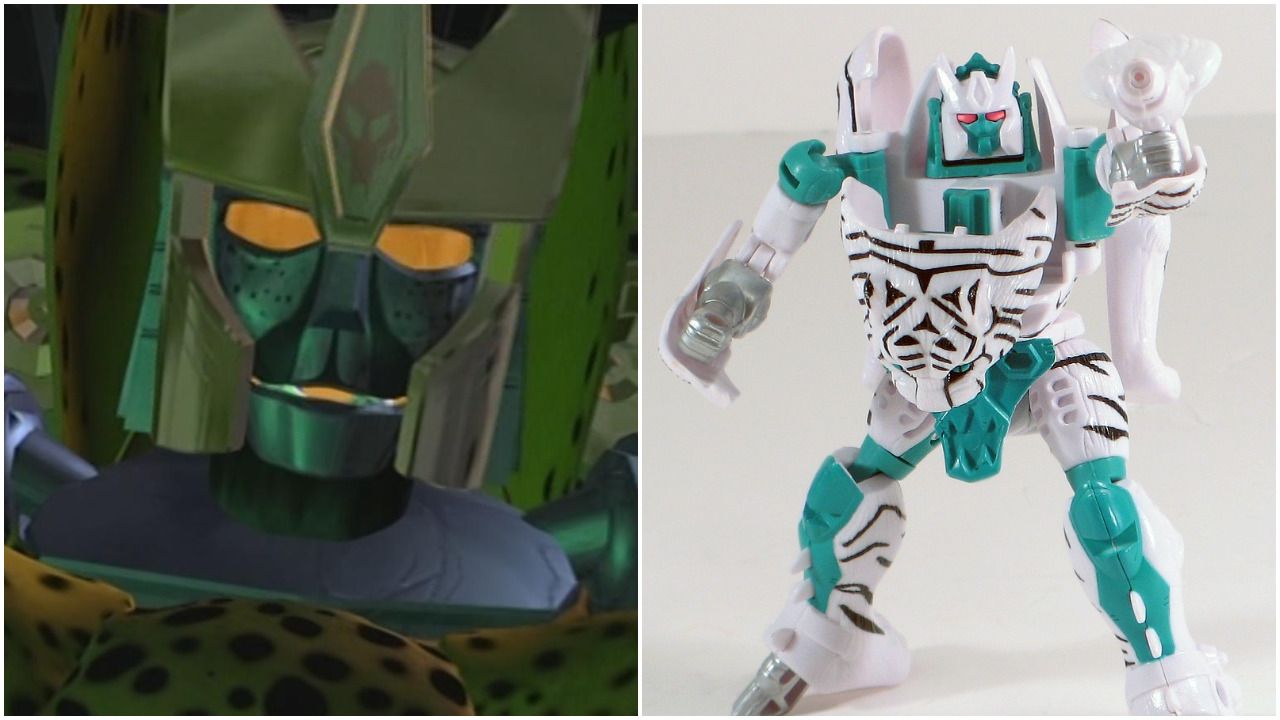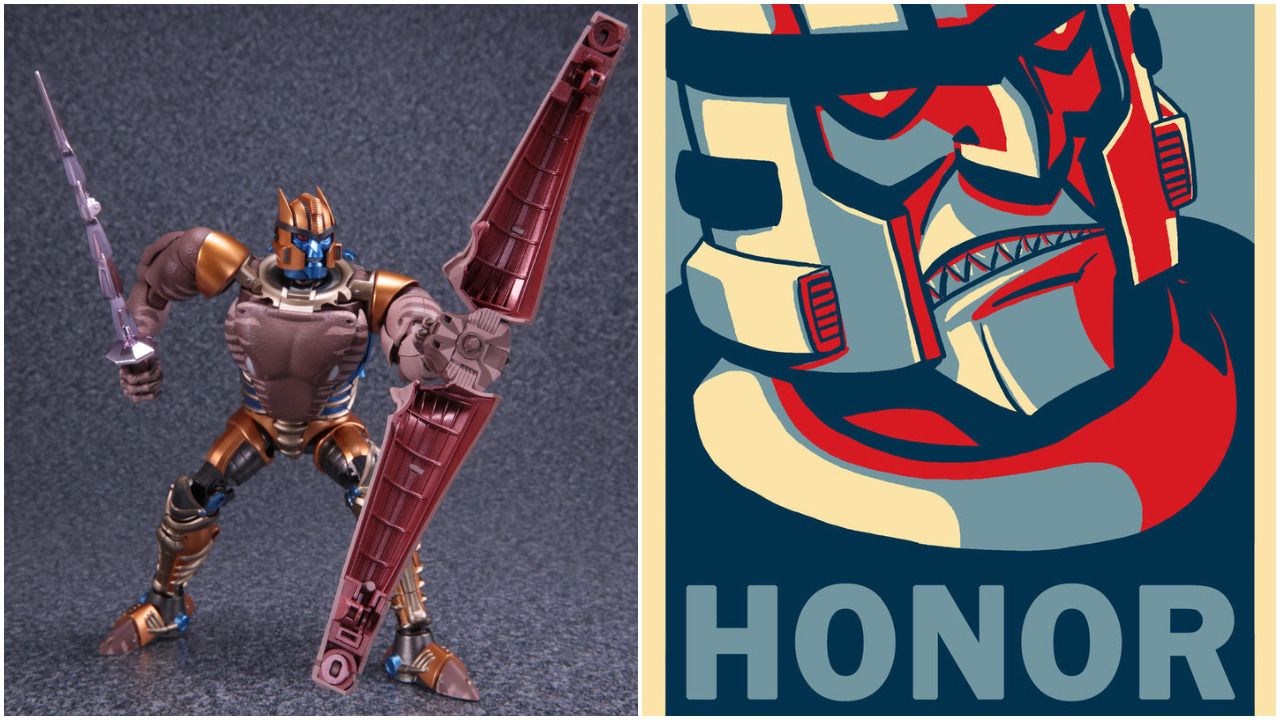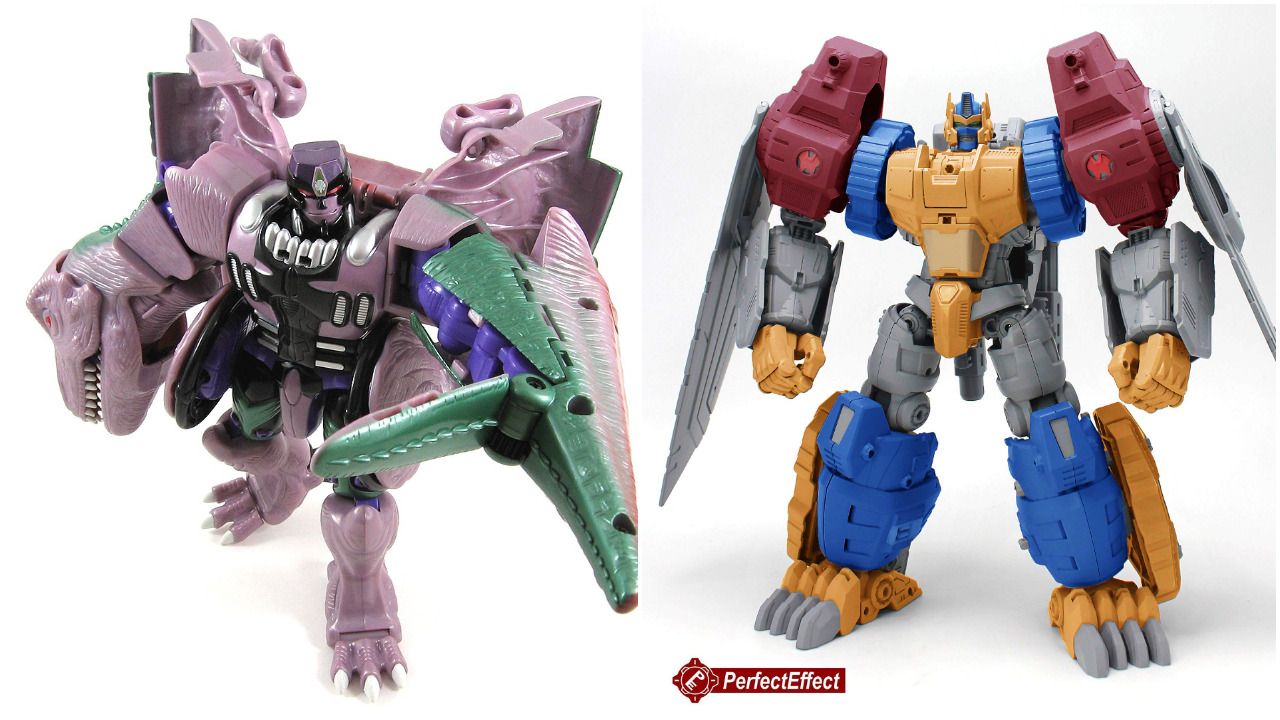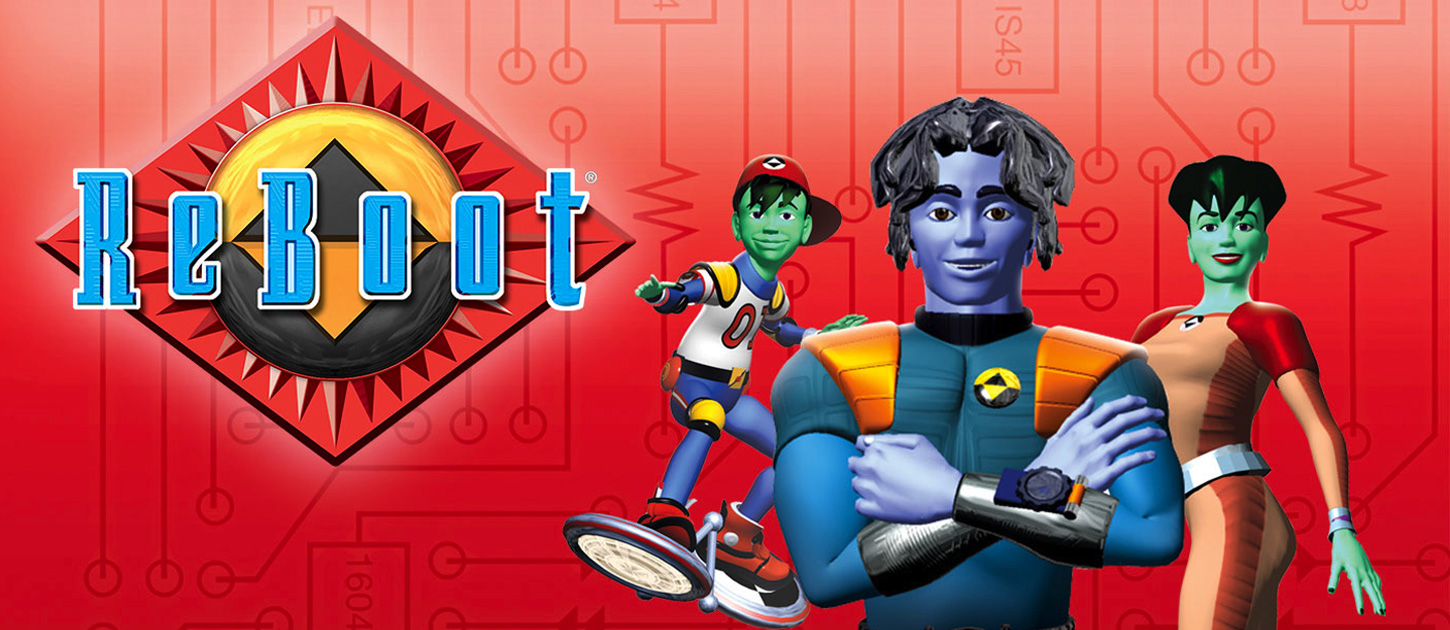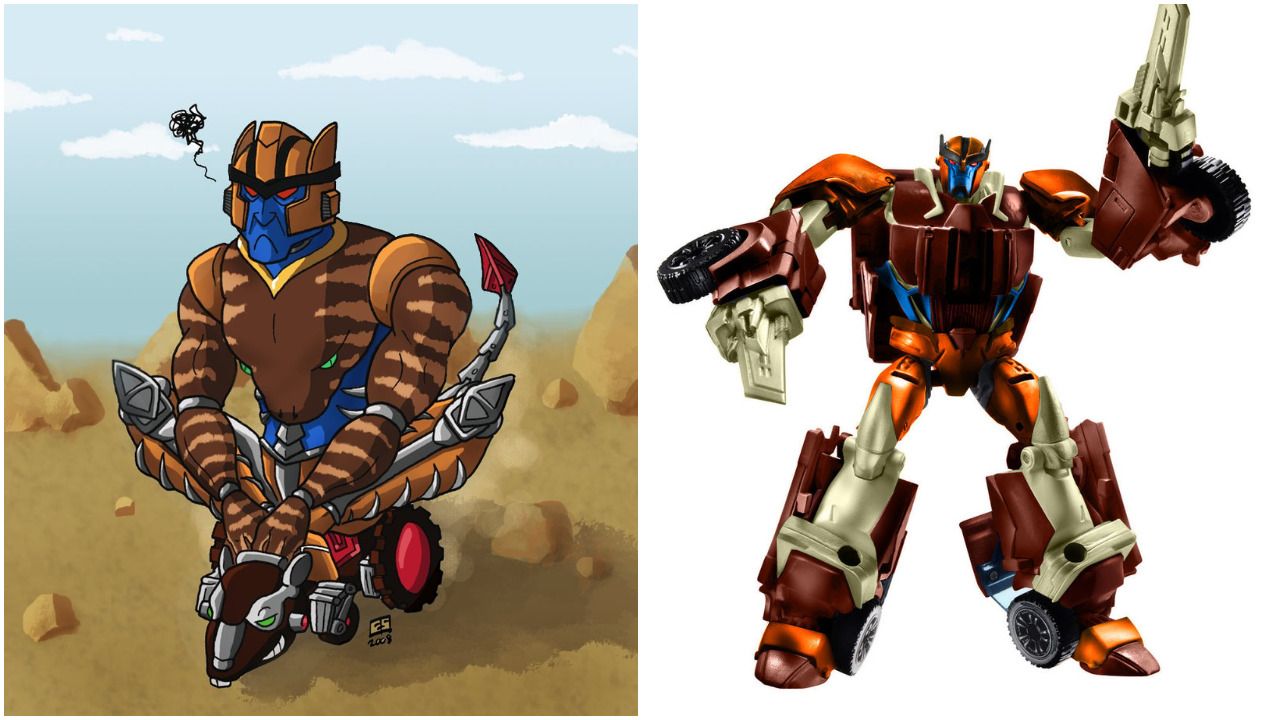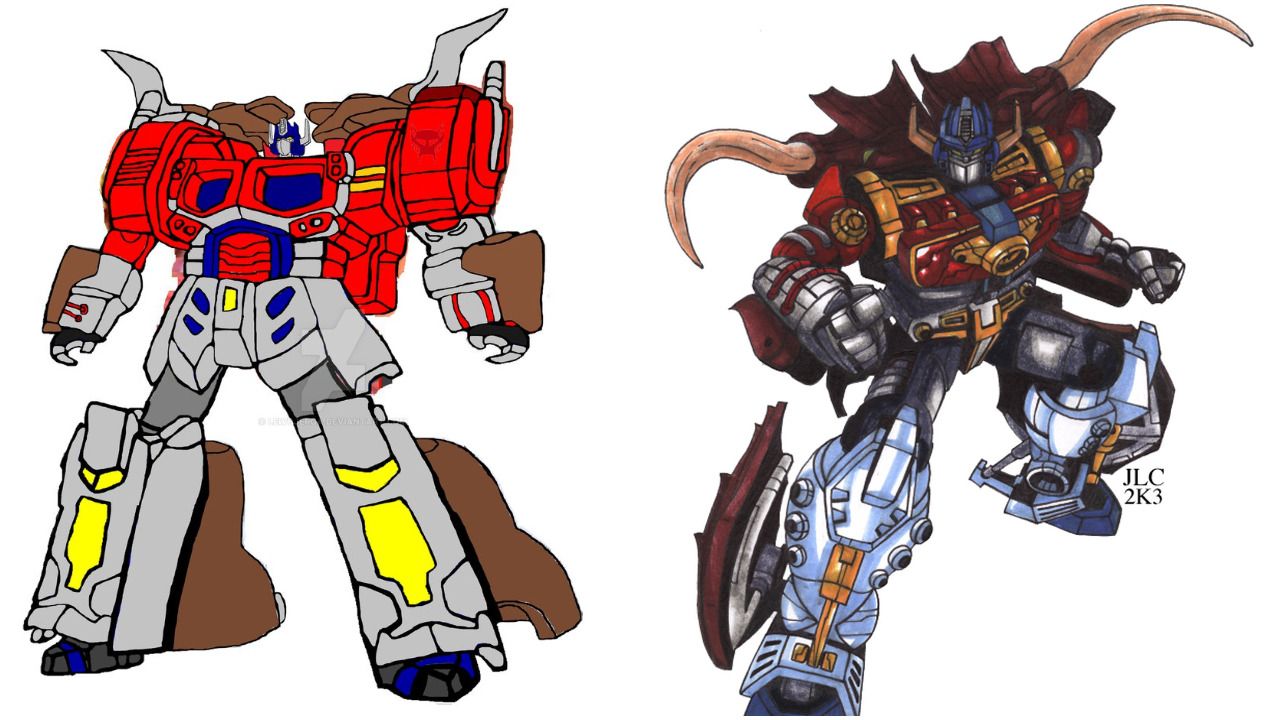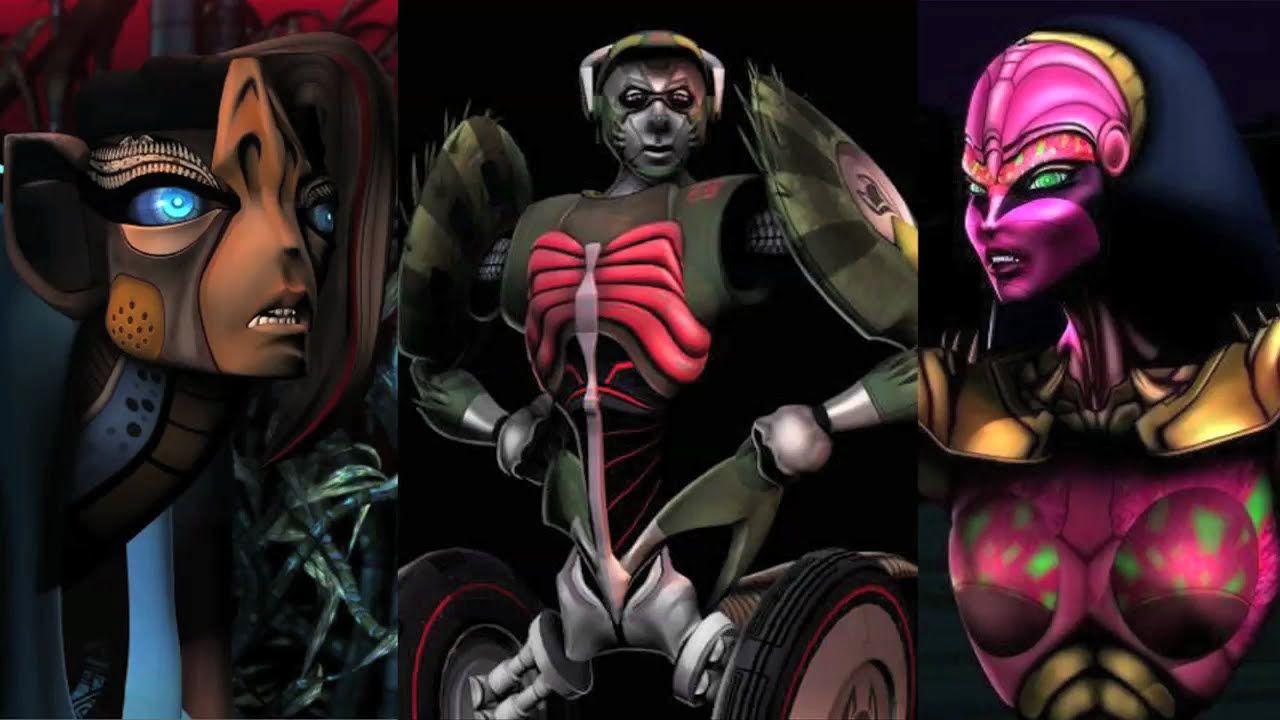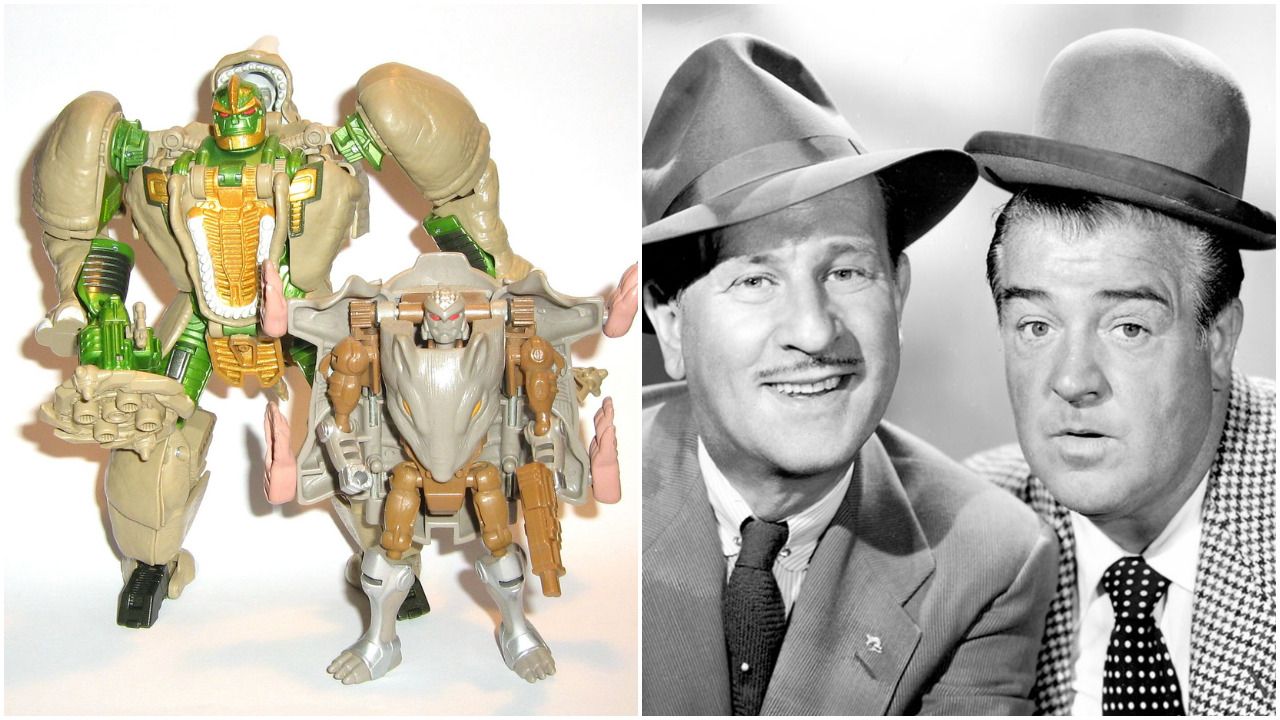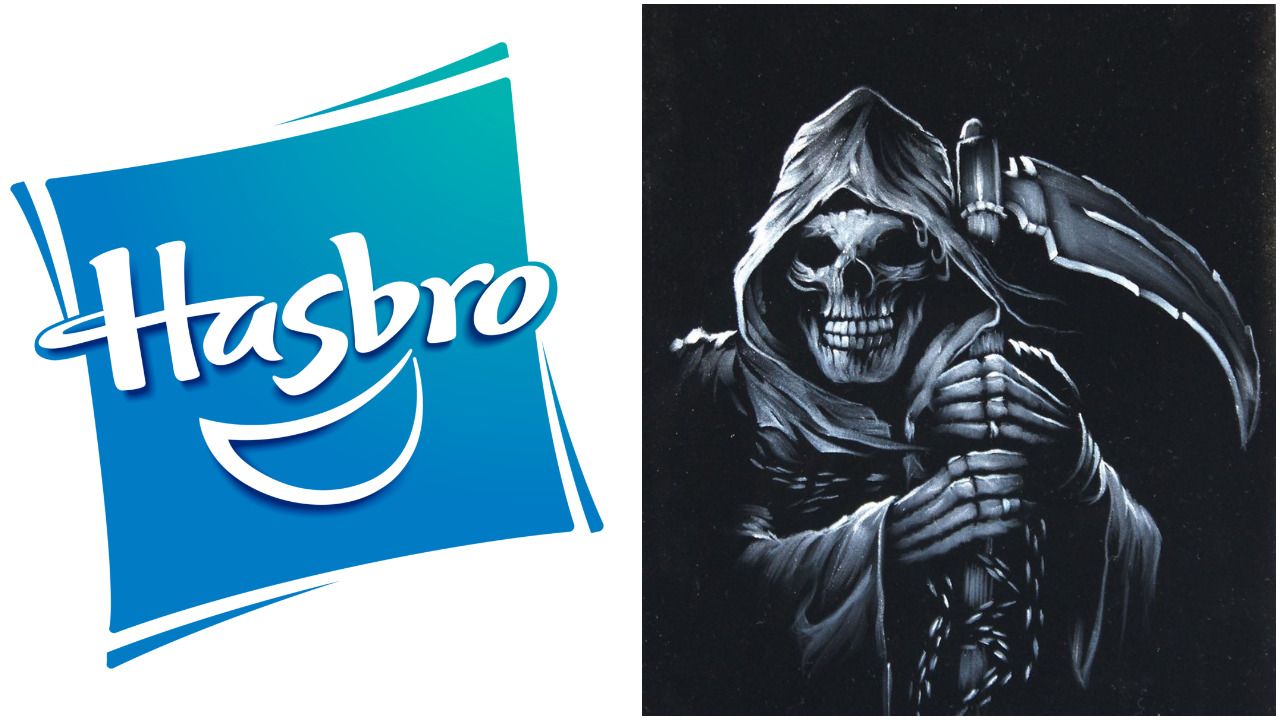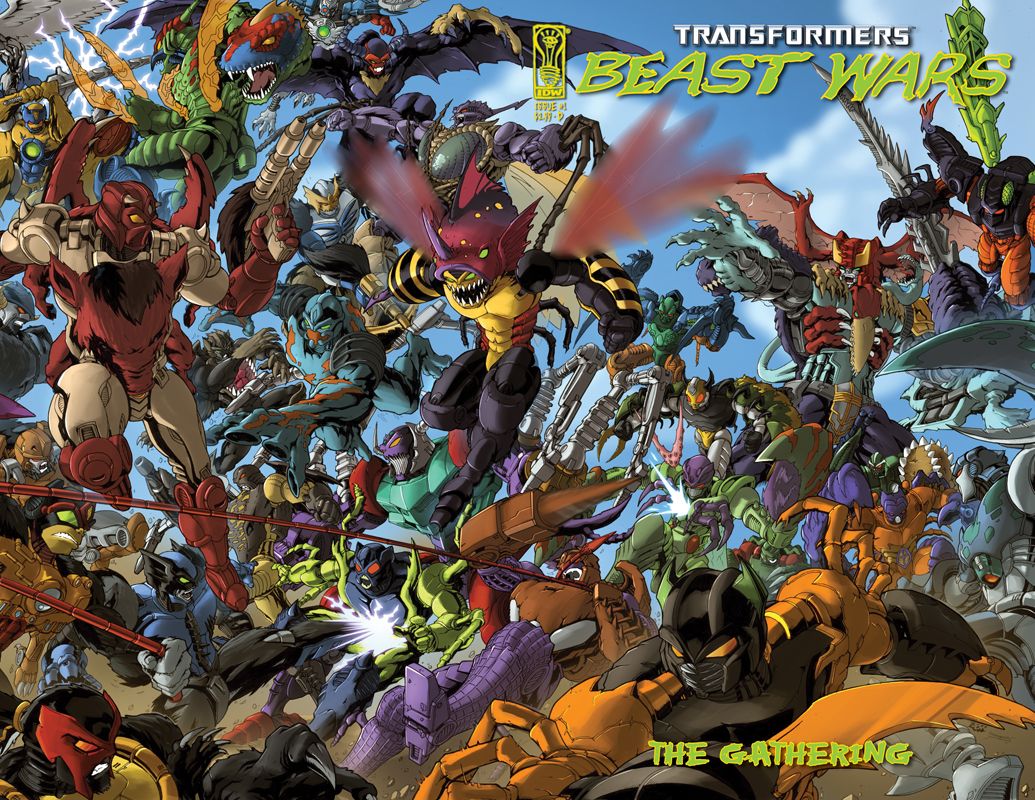I was a little too young for the original Transformers mania of the eighties, even the movie Transformers: The Movie passed me by. In fact, I'll confess right now, I always thought Transformers was kinda dumb, as I was raised on grown-up video games and Star Trek: The Next Generation. I don't know why I thought Transformers, GI Joe, and He-Man, were stupid but Power Rangers was worth my time, but there's no accounting for taste when you're under the age of ten. So, no, Transformers didn't make a big impression on me. Until, of course, Beast Wars.
Created by Mainframe Entertainment in 1996, Beast Wars was a pioneer in computer graphics and one of the few shows for children that tried to impart difficult, complicated storytelling in a semi-serialized format. While originally created to sell a new line of toys for Hasbro, for which it suffered a heavy online backlash, the show eventually grew into a beloved pillar of the Transformers universe. Hot off the success of their groundbreaking show ReBoot, Mainframe proved to the world that computer graphics could be used exclusively to power an animated series, not just to support the special effects.
Up ahead are 20 little facts, bits of trivia, and fun stories about the creation and legacy of one of the best-realized shows for kids ever made, plus details on character creation, lost episodes, and the craziest Japanese spin-offs you've never heard of.
20 It Won A Real Award
While many, many people look back fondly on the original series in the 80s, it was never a critical darling. When Mainframe was given the contract by Hasbro for a new Transformers show, the Canadian animation studio leaned into the creativity it had displayed in the amazing series ReBoot.
Beast Wars forgoes the modern-day setting of the "G1" Transformers for a prehistoric location later revealed to be Earth. The design of the Maximals and Predacons, as well as their spaceships/bases, earned the team an Emmy award for Best Production Design in 1997. Production Designer Clyde Klotz said "It's great to know the judges are looking beyond the surface of what is already, by default, a visually stunning new medium to recognize that Beast Wars is more than just eye candy."
19 It's A SePrequel
While Beast Wars features dinosaurs, giant mammals, and stone age humans, as background to its robot battlin', the show is actually set in the future of the "G1" Transformers timeline thanks to the wonderful narrative device of time travel.
The original cartoon, and the movie "The Movie," chronicles a series of battles that would eventually lead to an Autobot victory and the imposition of heavy sanctions against the Decepticons. 300 years later, the Predacon Megatron would steal the golden record off the Voyager space probe (more on that later). The Maximal ship pursued Megatron through a warp portal and both crash-landed on an unknown planet that was eventually discovered to be Earth. In this way, Beast Wars manages to be both a sequel and a prequel to Transformers, which is both super cool and so stupid, just like Transformers itself!
18 It Gave Transformers A Soul
The original cartoon, beloved as it is, was really only designed to sell toys, like the similarly cynical GI Joe. With Beast Wars, Mainframe Entertainment was given a lot of creative freedom to expand on and deepen the mythology of the franchise.
Something Mainframe had to work into their more mature plots was how, exactly, Transformers die. While the movie from the 80s had some notable fatalities, the new show would be ending every season with the possible elimination of its entire cast. (More on that later.) Episode 12 writer Larry DiTillio created the concept of the Spark, the energy matrix that serves as the soul of a Transformer. This episode also introduces Airazor, so, home run DiTillio.
17 Megatron Wasn't Always A T-Rex
Before Mainframe started development on the show, Hasbro released the 'first wave' of Beast Wars toys, along with a mini-comic. These toys have a few major differences from what would eventually become to main Beast Wars continuity, the biggest ones being Optimus and Megatron's beast forms.
The wave one toys feature Optimus as a giant bat and Megatron as a crocodile. Cheetor, shockingly, is still a cheetah in this version. The original plan was to give them four transformations each, but budget and reality got in the way. The Beast Wars cartoon changed these forms to gorilla and T-Rex in an homage to King Kong and the toy continuity was retconned. Interestingly, these versions of Optimus and Megatron were considered to be the original Optimus Prime and Megatron, though this too was changed.
16 The Japanese Dub Is Ridiculous
While most translations of American cartoons are a direct one-to-one adaptation of the source material, the director of the Japanese dub of Beast Wars turned up the humor. It turned it way up.
And by humor, I mean screaming.
The characters in the Japanese Beast Wars are bubbling, insane, self-aware goofballs, who routinely break the fourth wall and make "pew pew" noises every time they fire their weapons. Rattrap sniffs the screen and comments on what the audience is eating, Depth Charge sings fishing songs, and the Predacon ship computer is in love with Megatron, who screams like a girl whenever he's fired on. The craziest change, however, is director Iwanami Yoshikazu's love for improv, which gets so out of hand that the characters keep speaking even when they're mouths aren't moving.
15 Dinobot Is Iconic
BotCon is a Transformers convention held every year at Disney World and in 2010 Hasbro created the Transformers Hall of Fame. Users of various Transformers fan sites were encouraged to make their case for the inductees, with the nominees being decided by Hasbro who then allowed the fans to vote for their favorite.
What, no Inferno?!
Hasbro's selection isn't surprising: Optimus Prime, Megatron, Bumblebee, and Starscream, are the most famous Transformers. The fans narrowed their selection down to Jazz, Soundwave, Grimlock, and our boy, Dinobot. Each nominee was accompanied by a montage/music video with a new video made for the eventual fan choice winner: Dinobot. Dinobot was a dark horse candidate who was not expected to win, as he was the only character not from the 1980s.
14 A Special Golden Disc
The event that kicks off the whole series is Beast Wars Megatron, a descendant of the original, G1, giant gun Megatron, steals a mysterious artifact from Cybertron that has clues to some vast treasure coded on its surface. The 'Golden Disc' is a major plot point in Transformers continuity but it has humble beginnings.
Well, if you think of the first interstellar space probe as humble.
The Golden Disc is, in fact, the golden record contained on the Voyager space probe. The brainchild of astrophysicist Carl Sagan, the golden record contains information about Earth and humanity, as well as mathematical proof of our species' sophistication and knowledge. According to Megatron, it also holds the map to a vast store of Energon, because Sagan was way ahead of his time.
13 The 'Cybertronix' Text Is Dirty
When creating a science fiction or fantasy world, one of the questions you get to ask yourself is "What is my made-up language going to look like?" There are people in Hollywood whose entire jobs are creating languages that look, and sound, real.
"Tetlh Autobots" Is Klingon for "Autobots Roll Out!"
Beast Wars is full of computer terminals and objects with text written in Cybertronix, which actually has a complete alphabet. Since no one but the people on the show could read it, and giant nerds like you and me who looked it up online years later, the writers hid cheeky messages and easter eggs in a lot of the Cybertronix writing.
12 The Writers Hated Waspinator
Waspinator became an unlikely breakout star of Beast Wars, even making it to the Transformers Hall of Fame in 2011. While his 3rd person speech and "why me?" attitude would eventually endear him to the fans of the show. When the first season was being written Larry DiTillio and Bob Forward couldn't stand how much space his idiocy and fondness for the letter Z took up in their scripts.
So they blew him up as much as they could to avoid writing dialogue for him. For whatever reason, Megatron keeps rebuilding him and the writers kept putting him into episodes. When Hasbro wanted to end the character for season 2, DiTillio and Forward had to admit that Waspinator was too popular with the online fan base and convinced Hasbro to keep him alive.
11 Bad Video Games
Beast Wars may have been a major pioneer in CGI graphics on television but the late nineties were a very awkward time for 3d graphics in video games. Even the most fondly remembered titles of the era, like Tomb Raider, are definitely blocky and rough looking, so a meager licensed tie-in of a Canadian cartoon didn't have much chance.
The first is a third-person shooter that limits how long you're allowed to stay in robot mode, a nod to the limitations of the series that makes a lot more sense as a narrative device than a gameplay one. There's an arena-based fighting game, similar to Power Stone, that has the same Energon surge limitation. The best of the bunch seems to be a 2D fighting game for the GBA, but it was only released in Japan.
10 The Show Was Expensive!
Creating a cartoon, even a CGI one, is much like creating any other film: you need to build sets and props and costumes, but you also need to make actors. Creating a working, animated model for a new character is costly and time-consuming. When Hasbro wanted to introduce a new character called Wolfang who was, obviously, supposed to have wolf as its beast mode.
It's handy they keep getting beast modes that match their names.
Mainframe decided they didn't have the budget or the time in the schedule to create a whole new model and animate it, so they repurposed the Cheetor model and called the new Maximal Tigatron. This is also part of the reason why the original two-beasts concept for Optimus and Megatron was scrapped- much easier to keep things simple.
9 Dinobot The Thespian
The warrior-poet trope is an old one in entertainment, especially in Japanese and other Asian cultures. The image of the wandering Samurai who composes Haiku under the shade of the cherry blossom trees between battles has been used for centuries and even repurposed for American entertainment.
Just like everything else in American entertainment.
Case in point: Dinobot already serves as the Samurai-like character in Beast Wars, with his sword and dedication to honor. Dinobot is also possibly a reference to the Klingon General Chang, the Shakespeare-quoting villain of Star Trek VI played by Canadian Shakespearean actor Christopher Plummer. Dinobot mostly quotes Hamlet, especially his last line "The rest is silence" which is also the last line of the Danish Prince in that play.
8 People Didn't Like It At First
So, some people take Transformers pretty seriously. You might even be one of them, 15 deep in a 20 item listicle as you are. When Beast Wars was announced, angry early internet newsgroup users didn't take kindly to the move from vehicles to animals, despite two of those animals being dinosaurs, which rank just above trucks on the Little Boy Awesome Scale.
Dinosaurs > Trucks > Turning Everything Into A Gun.
Once Beast Wars became literally the best, I'm not even kidding, TRUKK NOT MUNKY was re-purposed by Transformers fans to mock anyone who complained about changes being made to the franchise. No word on how those same people feel about the Michael Bay movies which are… not as sophisticated as Beast Wars.
7 The Same People Made ReBoot
If you're not familiar with ReBoot, you open up a new tab right now and you watch that show, and you better not watch the new one on Netflix, because it does not count. The Vancouver based studio Mainframe was a major player in early CGI cartoons and did a lot to move the art form into the 21st century. Literally, the technology to make these shows was only possible in the late 90s.
CGI has come a long way since the 90s
ReBoot pushed the possibilities not only for computer graphics but for storytelling in children's entertainment. The first few seasons were pretty straightforward action, with the occasional X-Files parody episode, but later seasons went full-serial, eliminating and imprisoning characters for years. Mainframe took that same approach to Beast Wars, maturing the franchise along with its fan base.
6 Dinobot's Redemption Episode Was Cut
In the final episode of the series, after Rampage has been fused with Dinobot, the Predacon is eliminated and his spark extinguished, allowing the dormant Dinobot personality to resurface. Dinobot remembers everything, including his honour, and refuses to destroy the Maximals pursuing them.
Oh, uh, spoilers.
The re-emergence of Dinobot's personality isn't a huge mystery but there is evidence that there was an episode written for season 3 that would have seen Rattrap finding Dinobots original personality matrix in a crashed pod. Series writer Larry DiTillio has given conflicting statements about why the episode was cut and what it contained, though fans have pieced together info from various interviews describing the above plot. While the plot of this cut episode, Dark Glass, was likely unnecessary in the grand scheme of the season, it would have been another example of the serialized storytelling the show was known for.
5 There Are Two Bonkers Japanese sequels
We discussed earlier the ridiculous over-the-top improv comedy of the Japanese dub of Beast Wars, an effort to make the darker show appeal to the younger audience of Transformers in Japan. Well, it worked, and Beast Wars was a huge success in Japan, spawning two sequels that are even crazier than the English dub. The first, appropriately, is Beast Wars II which says it's going to follow the plot of Beast Wars, and then totally doesn't at all. The only thing you need to know about it is that it was made with traditional animation and stars "Lio Convoy" who is both a truck and a lion. Then there was Beast Wars Neo which is a sequel to Beast Wars II and follows the anime naming convention.
The anime naming convention: 2 - Neo - Evangelion
The only thing you need to know about Neo is the name of its main character: Big Convoy, which is both the stupidest and also the greatest name for a character ever.
4 The American Sequel Is Destested
Ridiculous, baby-friendly Japanese sequels with hilarious truck-related characters notwithstanding, the original team did create a sequel to Beast Wars called Beast Machines, and boy do people still hate it twenty years later.
No TRUKK NOT MUNKY this time.
Beast Machines is a direct sequel to Beast Wars and sees the Maximals and Predacons returning to Cybertron. They don't know how they go there due to that most overused of dramatic devices: amnesia. People hated everything about it: the redesigns, the new graphics, the plot, everything. Some "fans" even resorted to the classiest way to express their impotent rage over the changes in a beloved television series for kids: by wishing demise upon creators. Watching it now, I don't see where all the hate comes from. It's not as good as Beast Wars but it's way better than Revenge of the Fallen.
3 Rattrap And Rhinox Are Abbott And Costello
Bud Abbott and Lou Costello are one of the best-known comedy duos of all time, and their famous bit, "Who's On First?," is a classic example of comedic dialogue and misunderstanding. Their dynamic: book smarts vs street smarts, smart guy vs wiseguy, angry vs calm, was an expansion of vaudeville tropes which has been the inspiration for pretty much every comedy team ever.
Yes, even the one you thought was super original
Rattrap and Rhinox are a classic example of an Abbott and Costello dynamic. Rhinox is the slow-moving, patient, intelligent one who is nevertheless constantly annoyed by his fast-talking, wise-cracking companion Rattrap. While the show is well-respected for adding drama and gravity to a show about robots that can turn into bugs and dinosaurs, there is still a ton of comedy, mostly provided by Rattrap's sarcasm played against the earnesty of Rhinox.
2 The Hasbro Reaper
While Mainframe's redesigns of the characters were worked into the toy line and other elements created for the show would influence Transformers continuity going forward, like the concept of the Spark and the swear-word replacement, 'slag,' the show was ultimately a complicated commercial for toys. To that end, it wasn't enough to introduce new characters every few episodes.
Or new versions of existing ones!
To accommodate the possibility that Hasbro would demand brand new characters every year, each season of Beast Wars ends with the cast in some kind of stasis or cliffhanger peril, like at the end of season one where Optimus is blown up and the planet is showered in Death Star debris. At the beginning of season 2, Terrorsaur and Scorponok are eliminated, and Rattrap, Cheetor, Megatron, and Tarantulas, get shiny new toy...er, bodies!
1 The Story Continues In Comics
If you've been nursing fond memories of Beast Wars since the 90s like I have, you will be pleased to know that, due to the massive popularity and influence of the series, IDW has published a ton of comics that continue the story of Beast Wars.
In a fun nod to the wacky continuity of Beast Wars, the IDW comics include characters and events from the bonkers Beast Wars II and Neo Japanese sequels, including the extremely hilarious decision to include Big Convoy in the events. The IDW comics do their best to connect Beast Wars to the larger Transformers continuity, linking the creation of Predacons and Maximals to the destruction of Unicron and chronicling their surpassing of the original Autobots and Decepticons.

